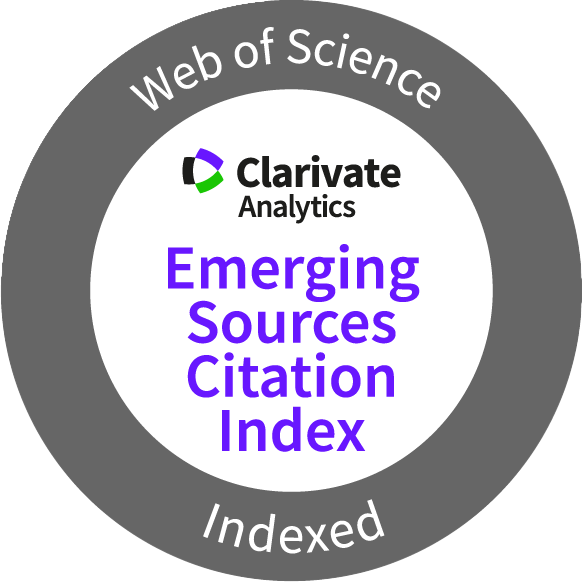Research Report: A new discovery from Māori archaeological sites on Coromandel Peninsula, New Zealand reveals a widely distributed, commensal dog parasite
DOI:
https://doi.org/10.70460/jpa.vi.357Abstract
Here we present helminthological analysis of archaeological substrates and coprolites from Coromandel Peninsula. One type of helminth egg, Toxocara canis, was identified. The presence of a single species in numerous samples across widely separate sites suggests it was the most common New Zealand canine helminth parasite in pre-contact times. The distinctive morphology of T. canis eggs makes them readily identified in archaeological contexts, and more so once damaged or degraded eggs are learnt to be identified. The study illustrates the potential value of this type of analysis in Oceania. This is the first multi-site, regional archaeoparasite egg study in Oceania.
Downloads
Published
How to Cite
Issue
Section
License
Copyright (c) 2024 Journal of Pacific Archaeology

This work is licensed under a Creative Commons Attribution 4.0 International License.
https://creativecommons.org/licenses/by/4.0/








